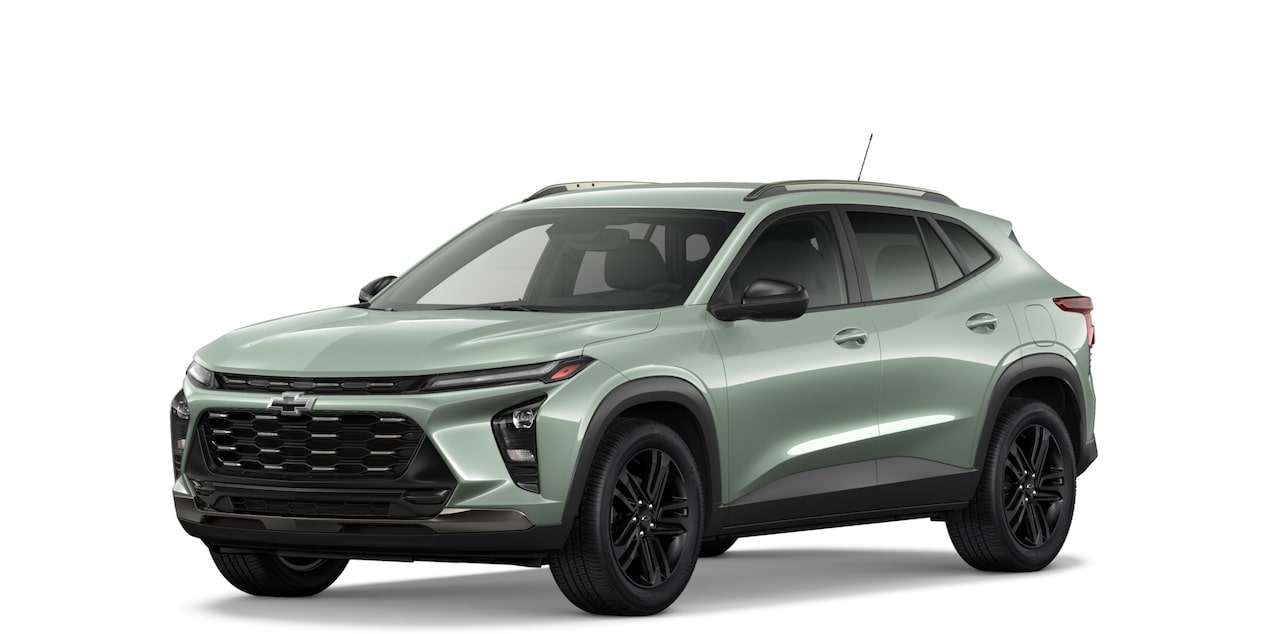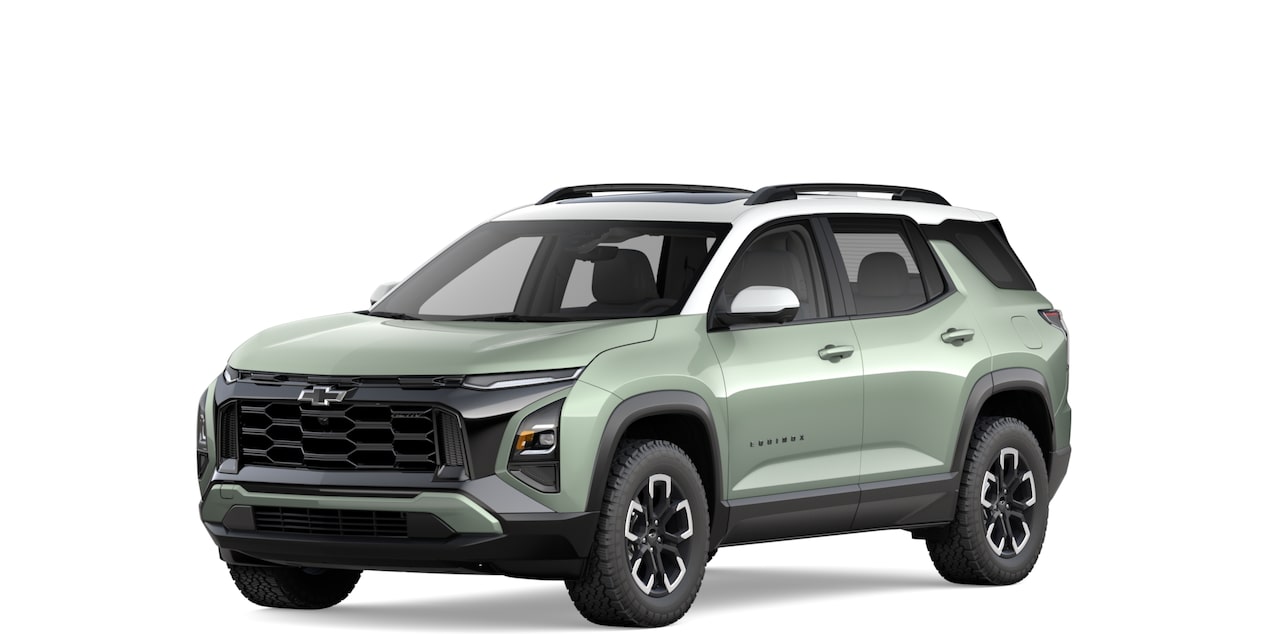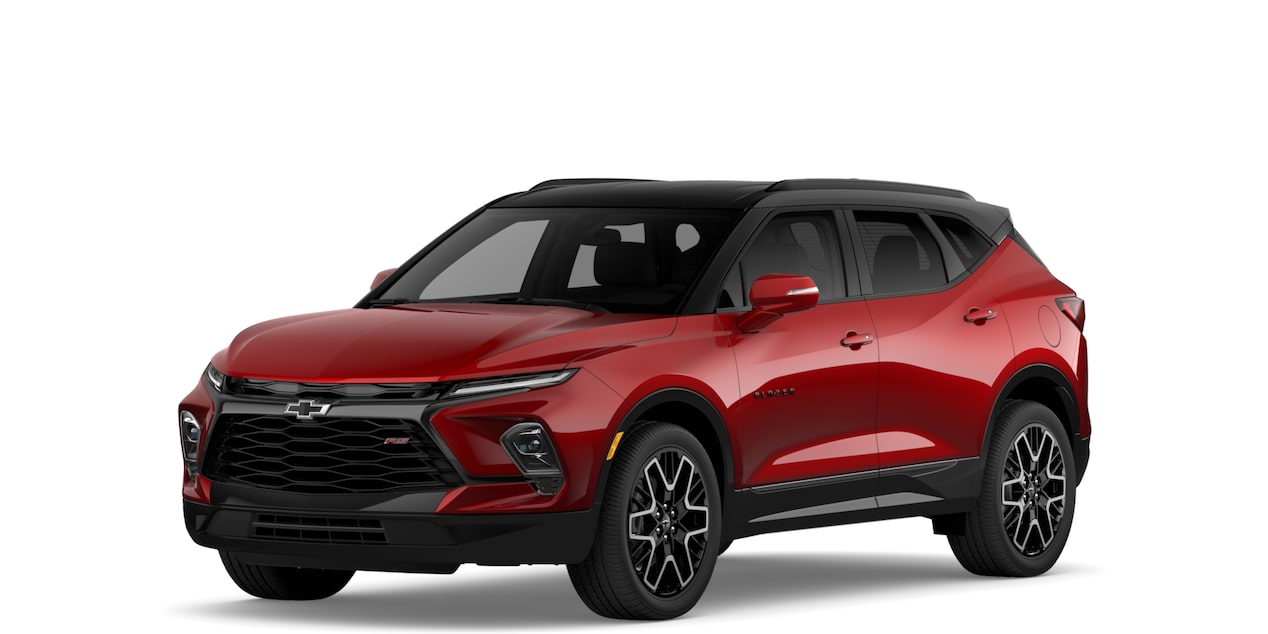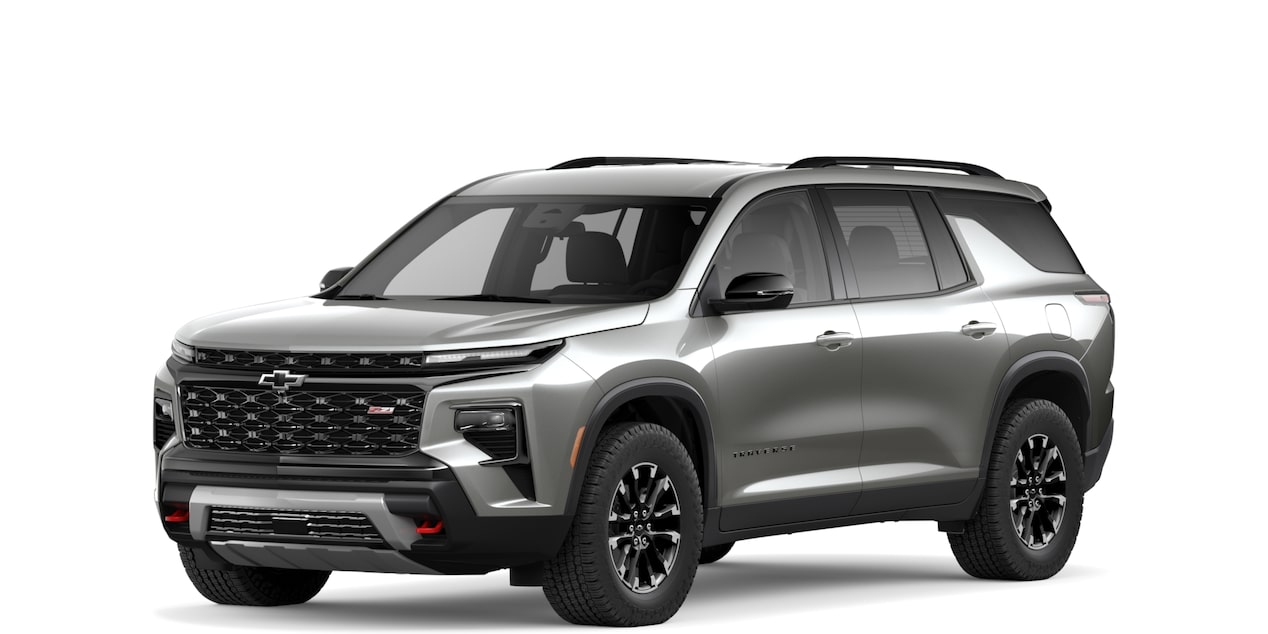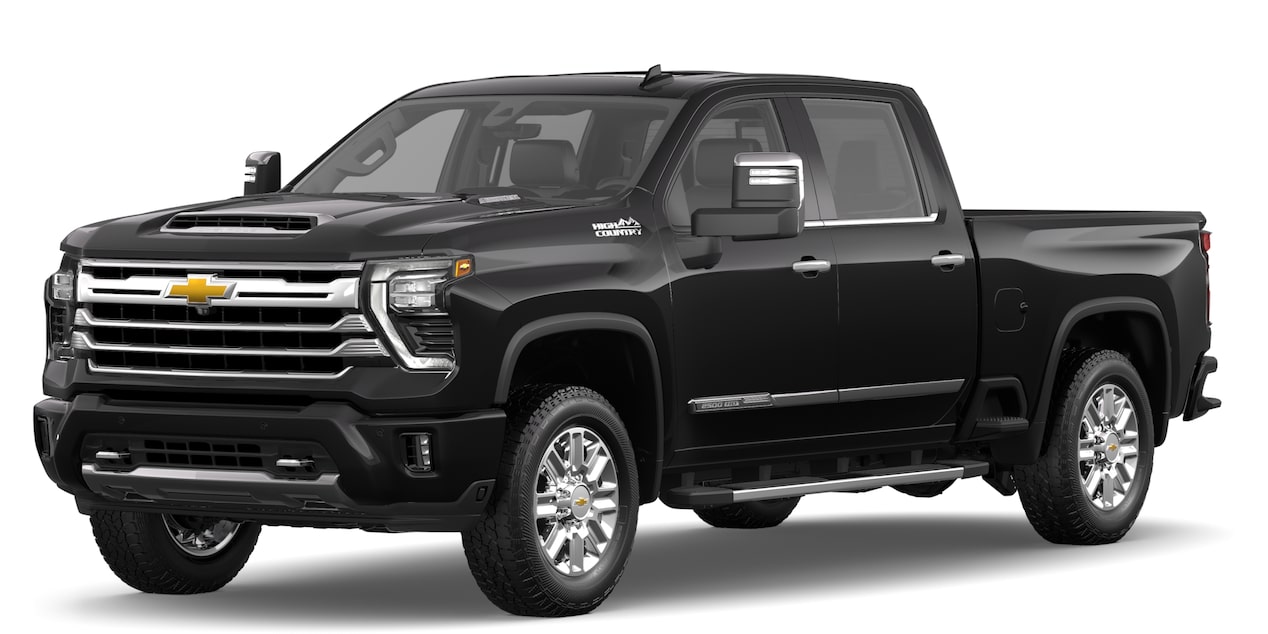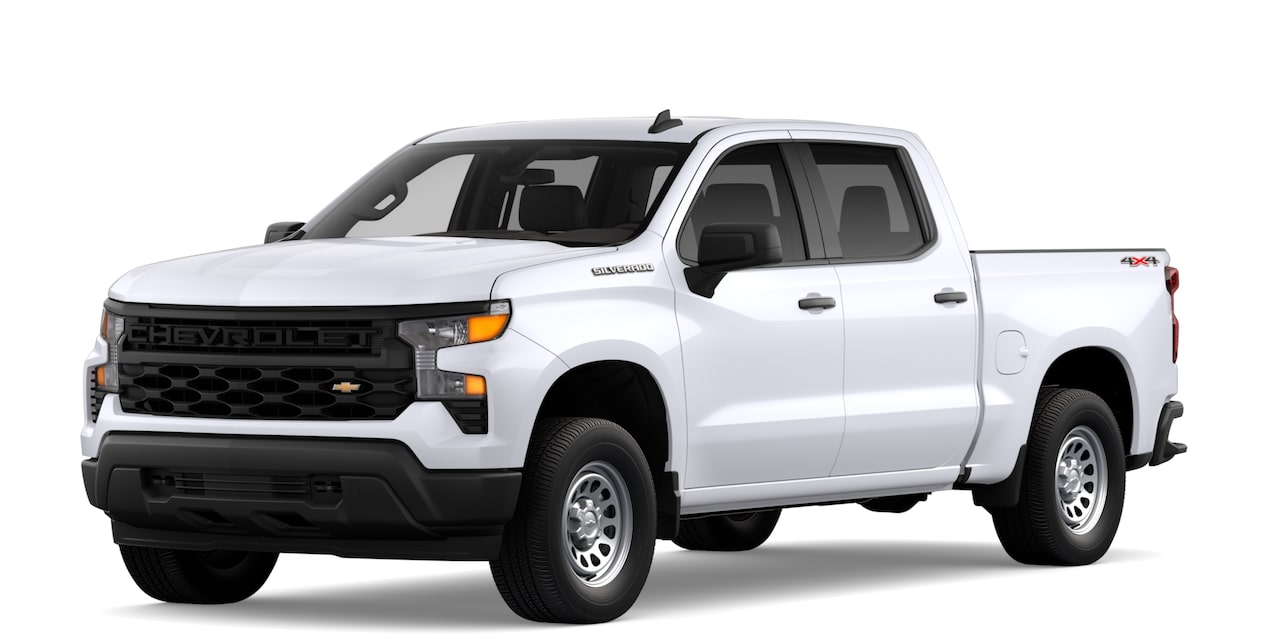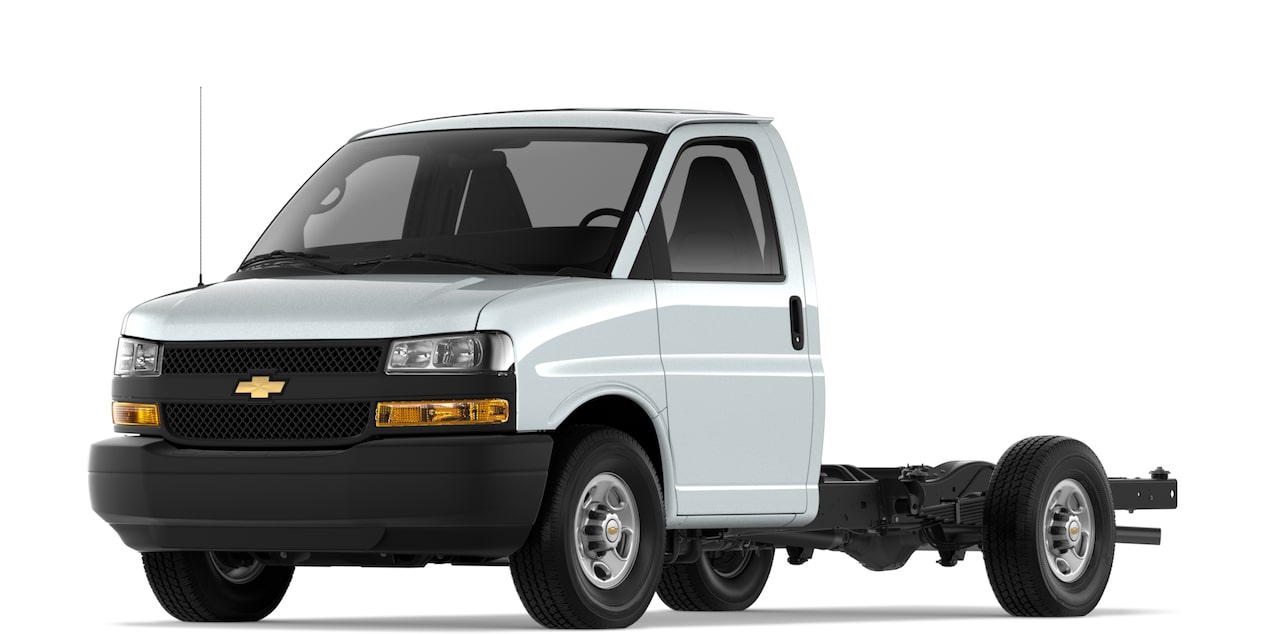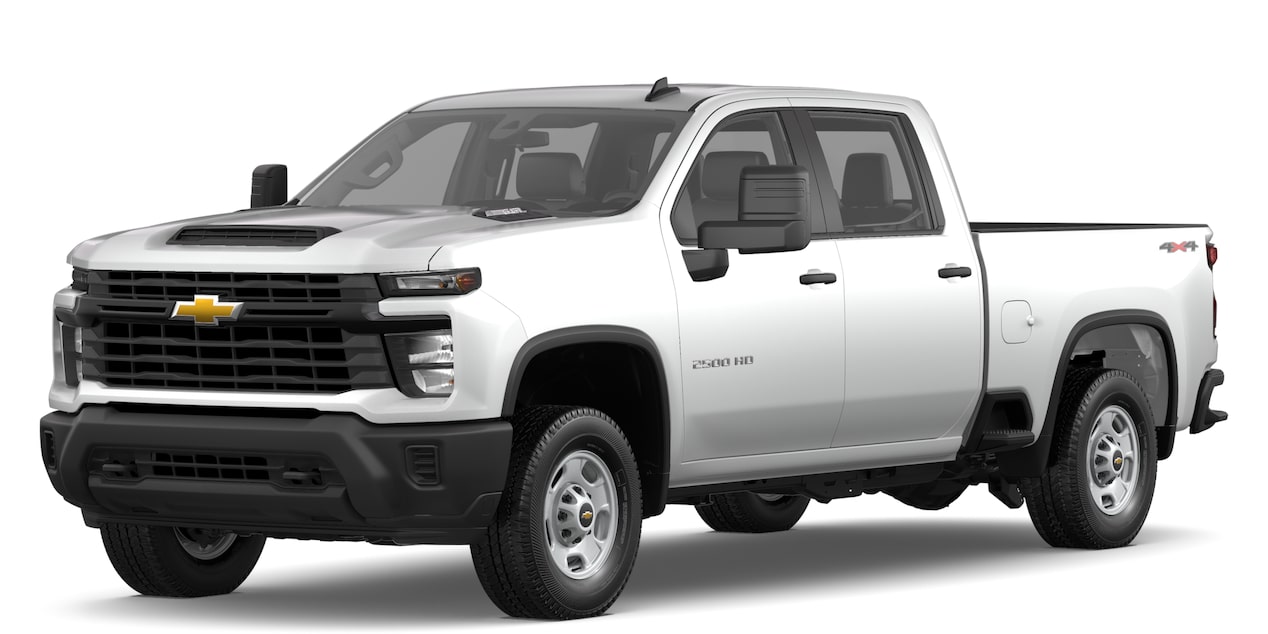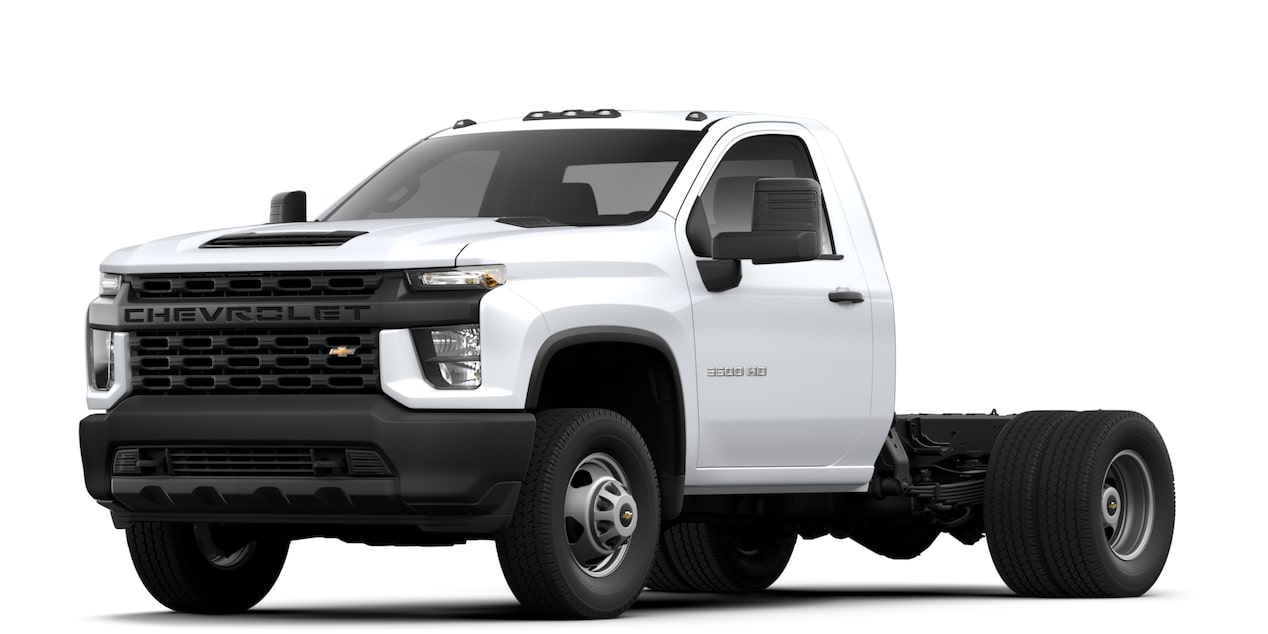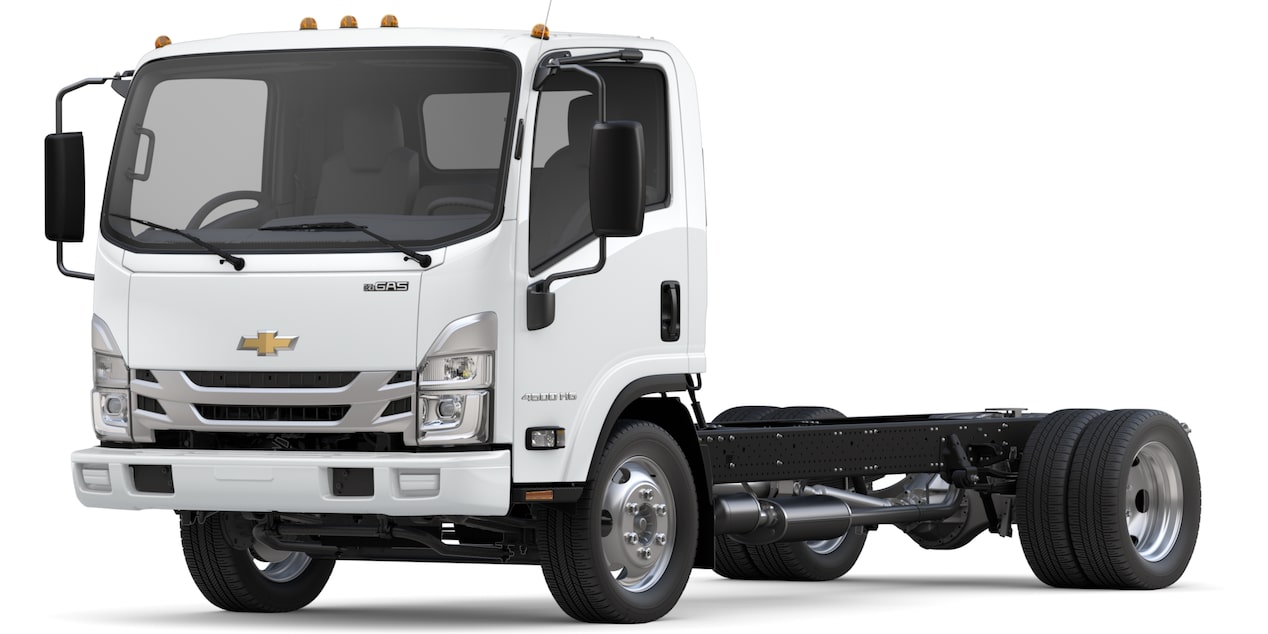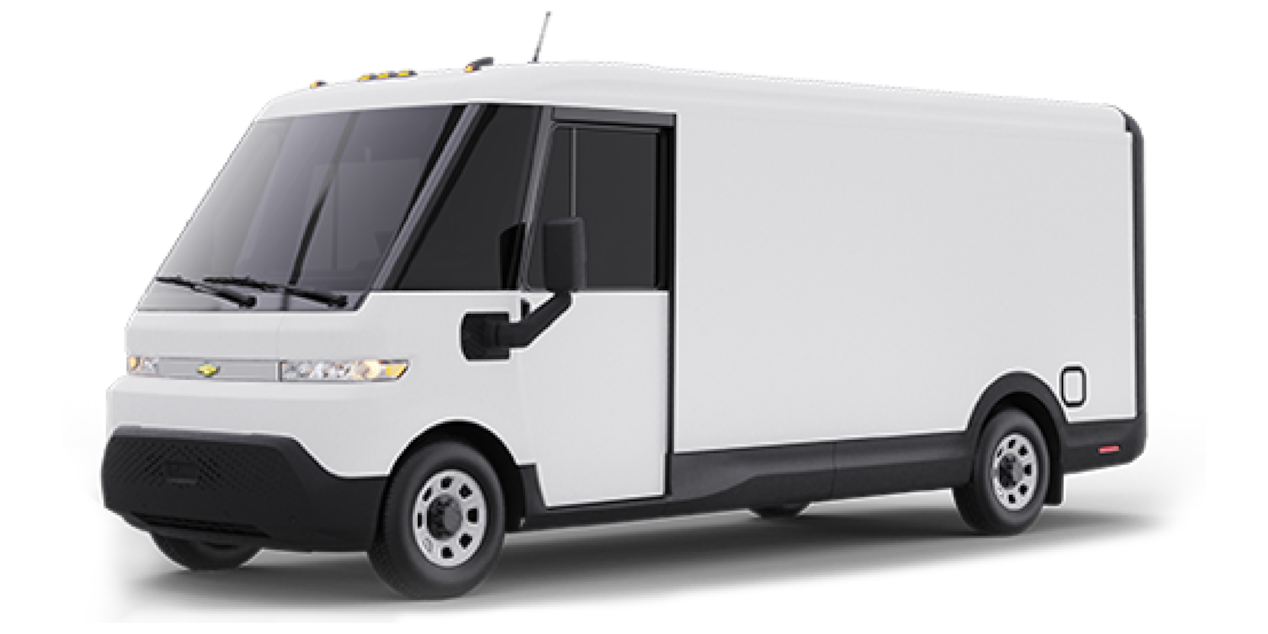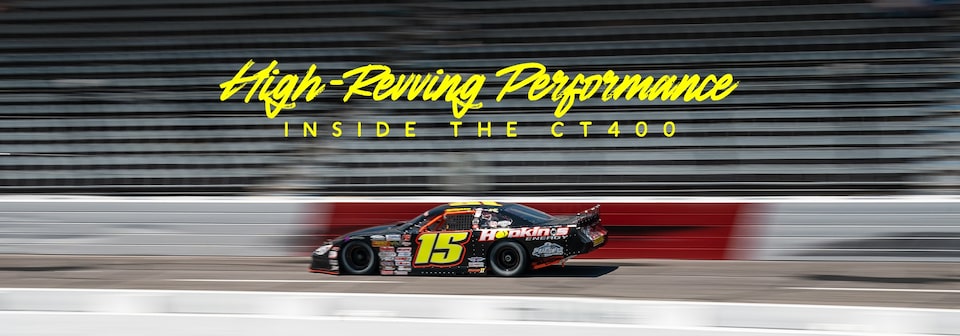
Published 10/18/21
Project LS9TT Part Three: The Upgrades
WORDS: DAN HODGDON
PHOTOS: CHEVROLET
Share on
Visit us at
There are those individuals whose influence seems to be felt at every historic moment or turning point over the years. At General Motors, Ron Sperry is one of those people. He's been involved in a multitude of company- and industry-changing projects for close to six decades.
Throughout the year, we’ve been following Chevrolet Performance engineers Dave McKenna and Vince Tiaga as they work to wring the most horsepower possible from a Chevrolet Performance LS9 long block (P/N 12624262)* featuring a Borg-Warner twin-turbo setup. The caveat is they need to do it all using readily available components so an enthusiast might be able to replicate the process in their shop or garage.

The LS9TT project on the dyno.
By the end of the spring, the engineers had been able to achieve 1,070 horsepower† in a dry-sump configuration utilizing a stock LS3 intake system (P/N 19418251), Borg-Warner EFR-7163 turbos, JEGS brand stainless steel 1 ⅞” turbo headers, a Holley HP EFI system, and a stock valvetrain and internals. E85 gasoline and larger-than-stock fuel injectors were also required to get past the 1,000-horsepower mark.
Recently, the team was able to get back on the dyno and made some hardware changes in an effort to further maximize the engine’s power potential.
Although many of the changes made were subtle, one important update was changing the engine to a wet-sump configuration. To do so, McKenna and Tiaga utilized the same basic kit as can be found in the Chevrolet Performance LS427/570 crate engine.‡ That power plant builds on the LS7 and provides enhancements in both power and ease of installation with its wet-sump configuration.
“We used that same kit to convert the LS9 to a wet sump,” McKenna says. “A wet sump is easily packaged in many cars that a customer may want to engine swap or retrofit with a modern engine.”
In addition, while the engine was apart the team installed a high-volume oil pan with a high-pressure release spring out of a COPO application. They also removed the piston oil squirters, a series of cooling jets at the base of the piston. Knowing they were pushing the limits of the factory systems, McKenna and Tiaga did so to bump up oil pressure to the bearings, figuring that change would offer more benefit than the additional cooling capacity provided by the piston oil squirters.
“We started off with a fairly conservative baseline with E85 and those larger fuel injectors,” McKenna explains. “We were essentially able to just fine-tune the calibration. We ended up able to basically just tune the spark and air-fuel ratios, and then by also increasing the boost slightly we were able to reach 1,100 horsepower.”†
At this point the engineers found they were limited by the turbine speed of the turbochargers, having established with Borg-Warner that this particular set of turbos has a 130,000-rpm turbo speed limit. Thus, they were only able to increase boost and calibrate to that number.

The LS9TT on the dyno with various upgrades to create more horsepower.
With the turbo hardware limits in mind, McKenna and Tiaga also chose to run some dyno tests utilizing an aftermarket intake from a local Michigan company. It is a plastic tunnel-ram-base style option similar to the Holley hi-ram intakes that appear on the naturally aspirated COPO engines. McKenna explains they evaluated the engine with essentially the same calibration as they had used for the LS3 intake version, using the same spark advance and same boost levels. Although the intake didn’t make any more peak power due to the turbine speed limit, it did change the characteristics of the engine’s power curve.
“A lot of the aftermarket manifolds offer shorter intake runners that are more suited to a higher performance, higher-revving application,” McKenna says. “We were limiting all of our testing to 6500 rpm, so if we had different turbochargers and maybe a different, higher-rpm camshaft, then the alternate intake might offer some power gains. But in our application, with the hardware that we were testing with for this study as it currently sits, the intake wasn’t really worth any additional power.”
Thus, the findings revealed that additional performance upgrades would be necessary to increase horsepower should an aftermarket intake be used, but reinforced the fact that significant gains can be made with some relatively simple updates.

A dyno chart used by GM engineers during LS9TT testing.
During testing, the team also demonstrated the durability of the hardware in the engine at an elevated power level, putting it through its paces just as the team from Corvette Racing or the COPO Camaro engineers might.
“At the roughly 1,000 horsepower level we did 20 drag passes with the turbo LS9,” McKenna says. “I wouldn’t say that we would go and say that it’s production-validated at this power level, but in terms of the performance aftermarket, I feel that it’s a fairly robust package.”
Next up, the team hopes to get back in the dyno to keep testing and may also install the engine in a mule vehicle to continue its development in a real-world application.
In the meantime, you can read Part One and Part Two of this series to spark your own creativity.
Also be sure to keep watching The BLOCK for more crate engine‡ builds and behind-the-scenes stories from Chevrolet Performance.
*ENGINE ASM, GAS 6.2L LS9 service long block
Includes RWD Service long block + Piston cooling oil nozzles, Engine oil cooler, 6 Ignition coils, Multiple engine sensors, Full forged rotating assembly, Titanium Intake valves, Stainless hollow exhaust valves, and is designed for boost straight from production.
†Data achieved via pulls on dyno that were all 1000-1100hp +/- 1.5%.
‡Because of their effect on a vehicle’s emissions performance, these engines are intended exclusively for use in competition vehicles. These engines are designed and intended for use in vehicles operated exclusively for competition: in racing or organized competition on courses separate from public streets or highways. Installation or use of these engines on a vehicle operated on public streets or highways is likely to violate U.S., Canadian, and state and provincial laws and regulations related to motor vehicle emissions.




